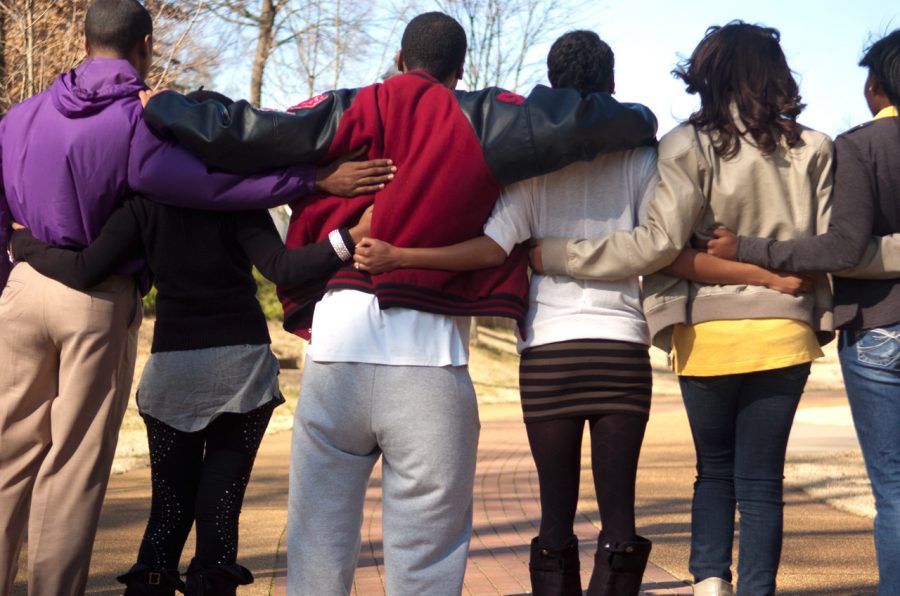UNA community members look back on years of cultural growth
February 23, 2012
Since the first African-American student Wendell Gunn enrolled at UNA in 1963, the university has seen an increased amount of multicultural development.
Gunn and many students who followed him in enrolling at the university have paved the way for the future, said SGA President Ralph Akalonu.
“In the last two decades, UNA has not only increased its African-American population, but also its international population,” Akalonu said. “I think UNA for a school our size … if you look at the dynamics of this area, we have done well (in integrating different cultures).”
The university has taken a giant stride as far as international and cultural education goes, Akalonu said.
“The university and student affairs are committed to diversity and the enhancement of the communication of diversity,” said Vice President for Student Affairs David Shields.
The university is committed to diversity in every form and is serious about it, he said.
“(We have always wanted to create) a warm and welcoming environment to all students,” Shields said. “We’ve created an environment where everybody feels comfortable and has the opportunity to be successful.”
Shields and Akalonu both said the university—as with any place—has room to grow its cultural acceptances.
“I do think we have come a long way,” Shields said. “Do we have work to do? Absolutely. We want to make sure that diversity in every way is represented.”
Students like the first African-American Miss UNA Brandi Lewis got to where they are because of their talents and skills, Shields said. What people like Lewis have done is shown that it is possible no matter what a student’s cultural background, he said.
The university recently opened the National Pan-Hellenic Council garden on campus to honor the historically African-American sororities and fraternities, Shields said. The organizations have contributed to the university for a long time, he said.
Akalonu and Shields both said the university’s initiative to add programs like the Office of Diversity and Institutional Equity as well as SGA’s goal to create a multicultural center on campus are making giant steps in the right direction.
Bishop Alexander, an African-American student at UNA, feels that the university is a warm and welcoming place for people of all races and cultural backgrounds.
“UNA has progressed a lot since the 1960’s and I feel more change is to come,” Alexander said.
Alexander was the first African-American homecoming king as well as the first African-American initiate to UNA’s chapter of Kappa Sigma fraternity.
“(UNA) is one big representation of what the world can be,” Alexander said. “Nobody should have a reason to feel left out.”
Alexander said there has been great promotion for the diversity of the UNA campus. UNA should continue to promote the diverse campus to show people that anyone can come to UNA and get involved, he said.
“We are one of the best colleges in the nation (as far as diversity goes),” Alexander said.
Alexander compared the younger generation as a “changing of the guard”, because the younger generation is leading the way to change the world in to a more diverse place to be.
“We are going to be the leaders of tomorrow, and what better way to change the world, than a college campus,” Alexander said.



![Caleb Crumpton [COURTESY OF UNA SGA]](https://theflorala.com/wp-content/uploads/2024/07/caleb-crumpton-courtesy-of-SGA-425x600.jpg)






